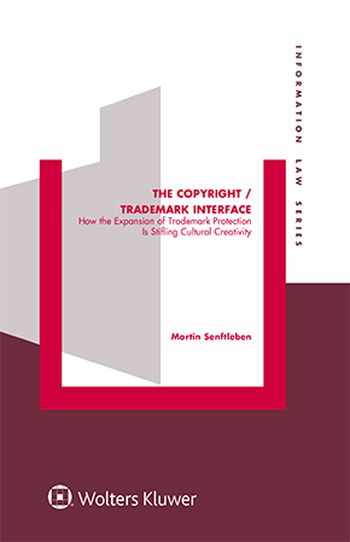
The Copyright/Trademark Interface is an exceptional analysis of the clash between culture and commerce, and the imbalances caused by protection overlaps arising from cumulative copyright and trademark protection. This book highlights the corrosive effect of indefinitely renewable trademark rights. It underscores the necessity to safeguard central preconditions for the proper functioning of the copyright system in society at large: the freedom to use pre-existing works as reference points for the artistic discourse and building blocks for new creations need to ensure the constant enrichment of the public domain. The registration of cultural icons as trademarks has become a standard protection strategy in contemporary cultural productions. It plays an augmented role in the area of cultural heritage. Attempts to register and ‘evergreen’ the protection of cultural signs, ranging from ‘Mickey Mouse’ to the ‘Mona Lisa’, are no longer unusual. This phenomenon, which is characterized by the EFTA Court as trademark registrations and is triggered by ‘commercial greed’, has become typical of an era where trademark law is employed strategically to restrain or eliminate cultural symbols from the public domain.
What’s in this book:
By drawing attention to how overlapping copyright and trademark protection imperils the proper functioning of intellectual property rights in the literary and artistic domain, the author delves into whether the intellectual property system can mitigate the risks arising from cumulative protection. The issues and topics explored in depth are:
How this will help you:
Drawing on aesthetic, sociological and economic theories that support initiatives to safeguard the autonomy of the literary and artistic domain and support the remix activities of artists, the author suggests sound criteria for identifying signs with cultural significance that should be excluded from trademark registration. The book shows how intellectual property law can make rights cumulation strategies less attractive and avoid the loss of inner consistency and social legitimacy, easing the tension between indefinitely renewable trademark rights and the need to preserve and cultivate the public domain of cultural expressions and other intellectual creations that enjoy protection for a limited period of time, such as industrial designs and technical know-how. Its assessment criteria will assist and enable trademark examiners and judges to identify relevant cultural signs. Its proposals for regulatory responses to protection overlaps in intellectual property law will prove to be of great and lasting value to lawyers, policymakers, and scholars dealing with intellectual property law.